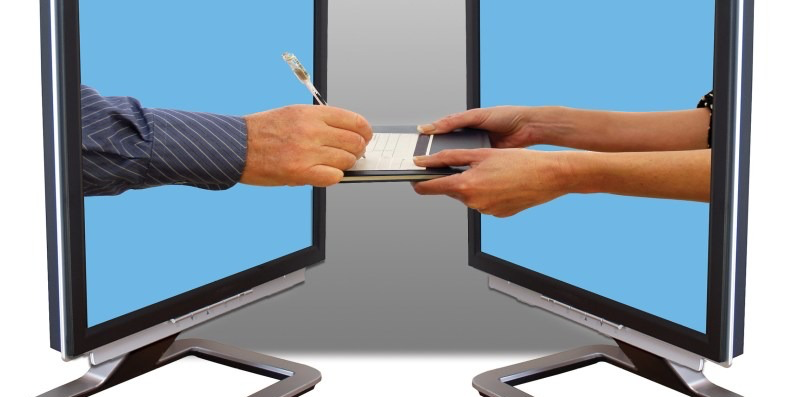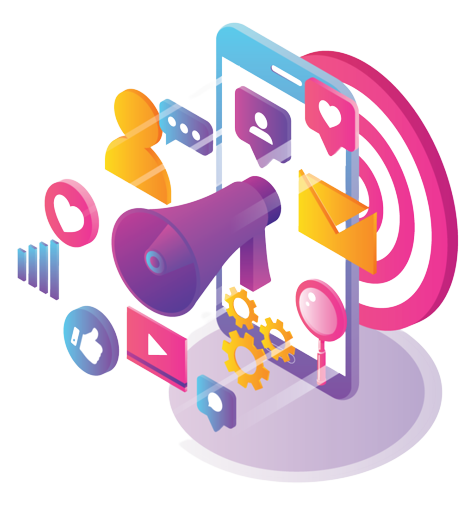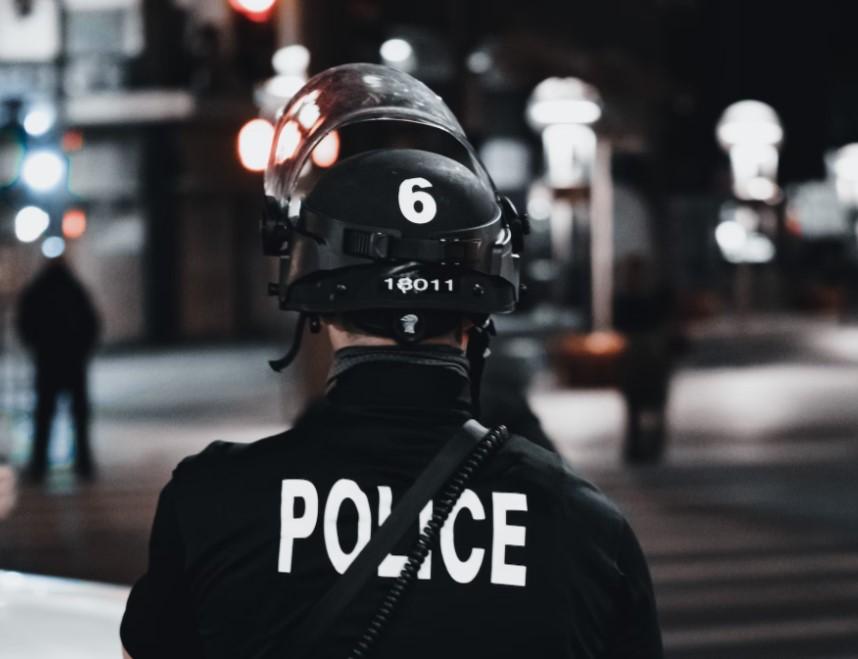In a world full of hashtags and handles, a tactile, hands-on experience can make a huge impact. For a brand like Blurb, letting people touch and feel the end product — in this case, a printed book — is crucial to the success of the business. Why?
Because as event organisers know all too well, experiences create emotional connections. And as Brenna Lewis, Blurb’s Senior Director of Brand Marketing, puts it: “When people feel emotionally connected to a brand, they are more likely to purchase and authentically promote it.”
We sat down with Brenna to talk about the importance of offline experiences — and why they need to go online to reach their full potential. Read on to learn how you can use channels like your blog, social accounts, and email for more than just event promotion.
How would you define “experiential marketing” in your own words?
I see experiential marketing as a channel for customers and would-be customers to interact and engage with the brand in an impactful way (physical + digital) while making an emotional connection with it.
Would you say that experiential is becoming a more important area for marketers to consider?
Absolutely — especially for consumer brands. We’re living in a time where a lot of consumer-facing interactions are taking place online, over forums, or via social channels. The ability to pair those online interactions with an in-person, tactile experience is incredibly powerful tool.
Experiential is especially important for Blurb. We’re a technology platform that enables people to create a physical product. The moment people interact with the books is the moment people can imagine their story/art/book coming to life. It’s the ultimate creation motivator.
What are some of your biggest challenges?
For a brand that’s unknown in certain markets, getting people to commit to events can be a challenge. Getting an influencer in that community on board to help to build buzz and create an event that’s interesting for the targeted community is crucial.
Another struggle for experiential in general is being able to prove the ROI of a campaign. A lot of what we have now is qualitative, so the more we can capture real-time data (with tech like DoubleDutch), the better.
Related: experiential marketing: engagement tips for organisers and exhibitors
Any advice for people new to the space, small teams, or people with limited budgets?
I’ve worked with both small and large budgets, and there has to be a marriage between the offline and the online. Experiential programs don’t work without the online component. I see experiential programs as an anchor for amplification across channels.
We ensure that with each event or experiential program we’re generating content for the blog, our social channels, PR, and our integrated email marketing campaigns. I look at experiential as a marketing channel. The more integrated a program is across channels, the more effective it is.
Taking advantage of every single amplification channel is a great way for people who have small budgets or can’t afford to be at the trade shows to make an impact — without that dollar spend.
Related: how to get your event budget planning right
What are some of the things you’ve learned working across borders on a global brand?
It’s crucial to have partners or consultants on the ground in countries who speak the language and can advise on cultural nuances and country-specific red tape. We were in France for a week last November, and I hired a PR/event consultant who was a huge help navigating everything from communication issues to shipping.
Related: how to launch your event internationally
Any advice for event organisers who want to create a meaningful brand experience?
Get creative. Stimulate all of the senses. And be strategic about who you’re targeting. Curate concepts that are geared towards the audience.
For example: We’ve done a lot of things at Blurb that don’t tie exactly back to book creation but ultimately inspire creativity. As part of our roadshow series in London, we partnered with the It’s Nice That community and a local artist to create a micro-nation. Everyone had to come up with a name, a flag, a design for passports, money, and other visual identities. Even the currency, stamps, and a national sport. Attendees sketched, drew, outlined, and painted their contribution. It was all about tapping into your creativity to build something meaningful.
Related: how to build a strong event brand
The visuals created from the day were turned into a book and the process of building was documented which generated some interesting content. We turned what could have been a networking or workshop event into a full day of creative exploration.





